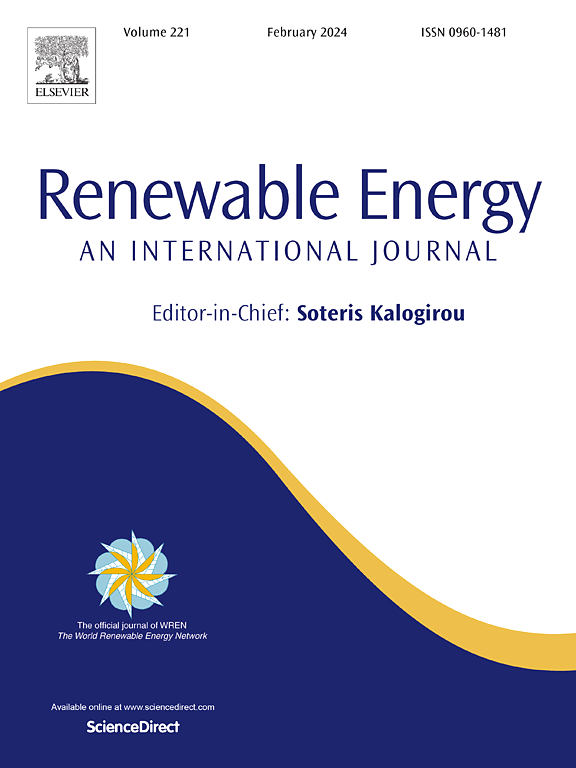An optimization framework for component sizing and energy management of hybrid electrolyzer systems considering physical characteristics of alkaline electrolyzers and proton exchange membrane electrolyzers
IF 9
1区 工程技术
Q1 ENERGY & FUELS
引用次数: 0
Abstract
This paper proposes to produce hydrogen using a hybrid electrolyzer system (HES) incorporating the alkaline electrolyzer (AEL) and the proton exchange membrane electrolyzer (PEMEL) technologies in the context of renewable energy sources (RESs). To solve the component sizing and energy management problems for the HES, this paper develops an optimization framework by taking into account the physical characteristics of AELs and PEMELs. In particular, the operating power range of the AEL is determined based on its hydrogen to oxygen (HTO) threshold (for the lower bound) and overloading capability (for the upper bound). The dynamic response characteristics of AELs and PEMELs as well as supercapacitors are considered in that their dynamic responses are parameterized as affine functions of the RES power fluctuations. The effectiveness of the proposed optimization framework is validated using a case study involving both offline and online simulations. Results show that the system revenue of the HES is the highest (1451.05 ¥) compared to the AEL-only (1411.84 ¥) and PEMEL-only (1254.36 ¥) configurations. The energy efficiency of the HES (108.05%) is significantly higher than that of the AEL-only system (95.97%). Therefore, the HES configuration is both technically and economically feasible and beneficial compared to the AEL-only and PEMEL-only configurations for hydrogen production.

求助全文
约1分钟内获得全文
求助全文
来源期刊

Renewable Energy
工程技术-能源与燃料
CiteScore
18.40
自引率
9.20%
发文量
1955
审稿时长
6.6 months
期刊介绍:
Renewable Energy journal is dedicated to advancing knowledge and disseminating insights on various topics and technologies within renewable energy systems and components. Our mission is to support researchers, engineers, economists, manufacturers, NGOs, associations, and societies in staying updated on new developments in their respective fields and applying alternative energy solutions to current practices.
As an international, multidisciplinary journal in renewable energy engineering and research, we strive to be a premier peer-reviewed platform and a trusted source of original research and reviews in the field of renewable energy. Join us in our endeavor to drive innovation and progress in sustainable energy solutions.
 求助内容:
求助内容: 应助结果提醒方式:
应助结果提醒方式:


